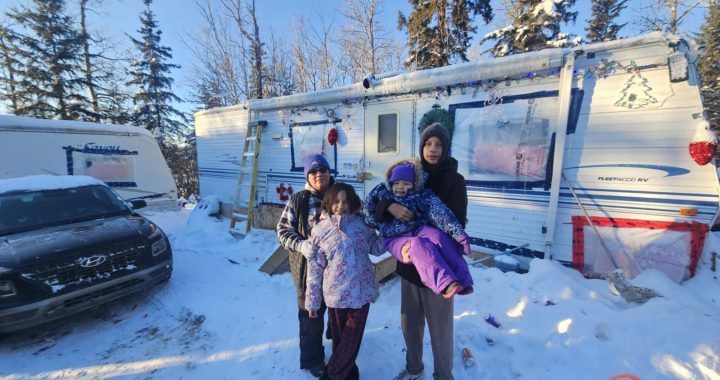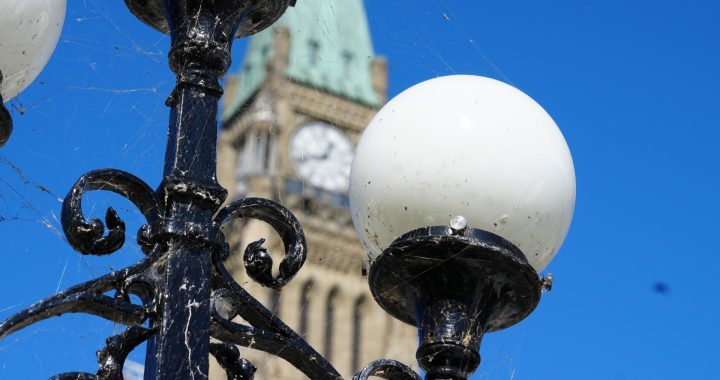Jamie Pashagumskum
APTN News
Indigenous women’s organizations are calling the results of a recent report by Canada’s correctional investigator appalling after it shows close to half of women in federal prisons are First Nation, Metis or Inuit.
Emilie Coyle, executive director of the Canadian Association of Elizabeth Fry Societies (CAEFS) advocates for Indigenous women in Canadian prisons.
According to the report, 42 per cent of the women in prison are First Nation, Metis or Inuit, almost double what it was in 2001.
Coyle said the increase indicates the system is doing something wrong.
“It’s so awful when you walk into the prisons, particularly maximum security, invariably most of the women in max are indigenous women,” Coyle said.
“The security classification when they go into prison always puts them into maximum security.”
Coyle said she sees that as a form of segregation.
Senator Kim Pate, who is the former executive director of CAEF, is currently touring federal prisons in Canada as part of the senate’s human rights committee.
Pate said the most alarming part for her is the lack of response by Canadian correctional services to what has been an on-going issue since the current corrections legislation was put in place in 1992.
At the time, it was seen as a piece of human rights legislation aimed at reducing the numbers of Indigenous people and women from federal prisons.
“In part I’m not surprised because for the approximately 30 years I’ve been doing this work we’ve watched these numbers going up,” she said.
Ivan Zinger is Canada’s Correctional Investigator who wrote the recent report.
According to Zinger, the number of Indigenous people behind federal bars is up 10 per cent from 2009. In the same 10 years, non-Indigenous inmates decreased by the same amount.
Zinger is concerned because the rising number of Indigenous people in prison offsets the number of decreasing non-Indigenous inmates.
Because the prison population stays at the same level, this could give the impression to decision makers that the system is running at a normal state.
But Zinger’s report indicates that is far from true.
“We now have a terrible and historic milestone where the Indigenous Inmate population at the federal level has reached 30 per cent.”
Zinger said despite different government efforts, royal commissions, inquiries and involvement of the courts the numbers get worse year after year in what he calls the Indigenization of the federal prison system.
“You can use the profile of the inmate population as a barometer if you want to gauge the success and failures of public policies,” he said.
“When it comes to over representation of Indigenous people I think it’s a really problematic performance outcome for Canada.”
Bill Blair, minister of Public Safety and Emergency Preparedness said in a press conference Tuesday that Canada is absolutely committed to addressing Zinger’s findings.
“I’m very concerned about that statistic because I think it is indicative of a lot of work that needs to be done,” he said.
Blair said Indigenous social conditions need to be improved because that’s what gives rise to the overrepresentation of Indigenous people in prison.
“It’s also issues of generational trauma that need to be addressed and issues of access to services within communities,” Blair said.
That was a point echoed by Pate who said Indigenous people don’t start out at the same level both economically and socially as non-Indigenous Canadians.
She referred to the work of Cindy Blackstock and the Child and Family Caring Society that is fighting for the rights of children in the on reserve child welfare system.
Pate said those First Nation children don’t get a fair chance at life and that progresses as they grow to youth and then adults.
“All of that contributes to having more men and women in the federal prison system. If all of those systems fail the only system that can not refuse people is the prison system,” Pate said.
But for those in prison now, Pate said better culturally appropriate programs need to be in place for prisoners.
“Prisons are not treatment centres they’re not healing centres,” she said. “They’re not appropriate places for people to be learning about their culture and spirituality.”
Coyle said better culturally appropriate rehabilitation programs are needed in prisons and those in place now aren’t working.
Coyle said corrections Canada also has trouble finding volunteers for their prisoner release programs where prisoners are allowed out for short periods of time for work or mental health programs.
“How are we going to help people re-integrate into the community and get out faster if (corrections services) are not able to fulfill their obligations underneath their release plans,” Coyle said.
“In a country like Canada where the government has said that it is committed to reconciliation with Indigenous peoples,” she said.
“Now 42 per cent of women in federal prison are Indigenous means that we’re doing something really wrong. If you’re truly committed to reconciliation we need to be considering this an emergency and doing as much as we can to rectify it.”










